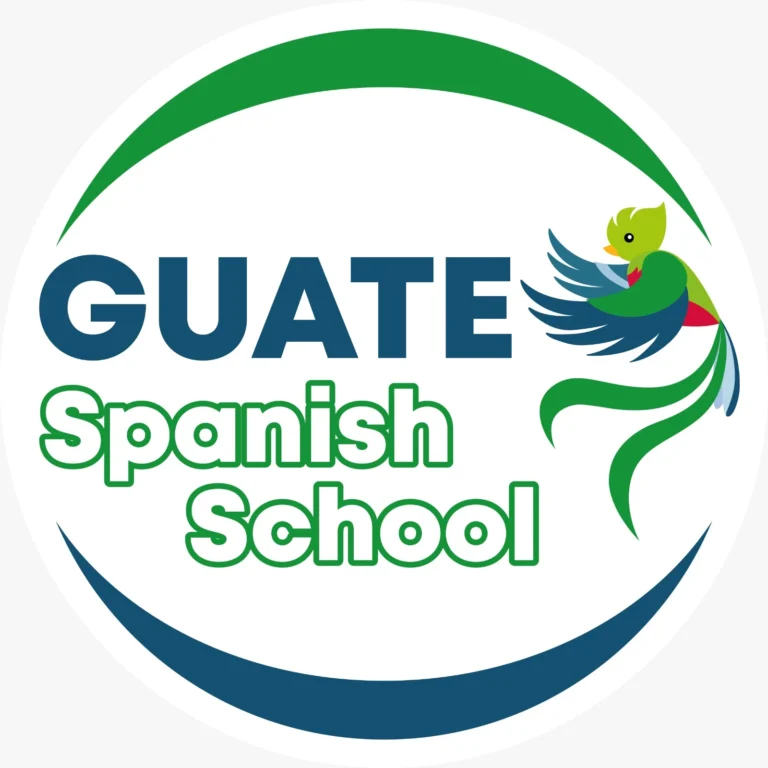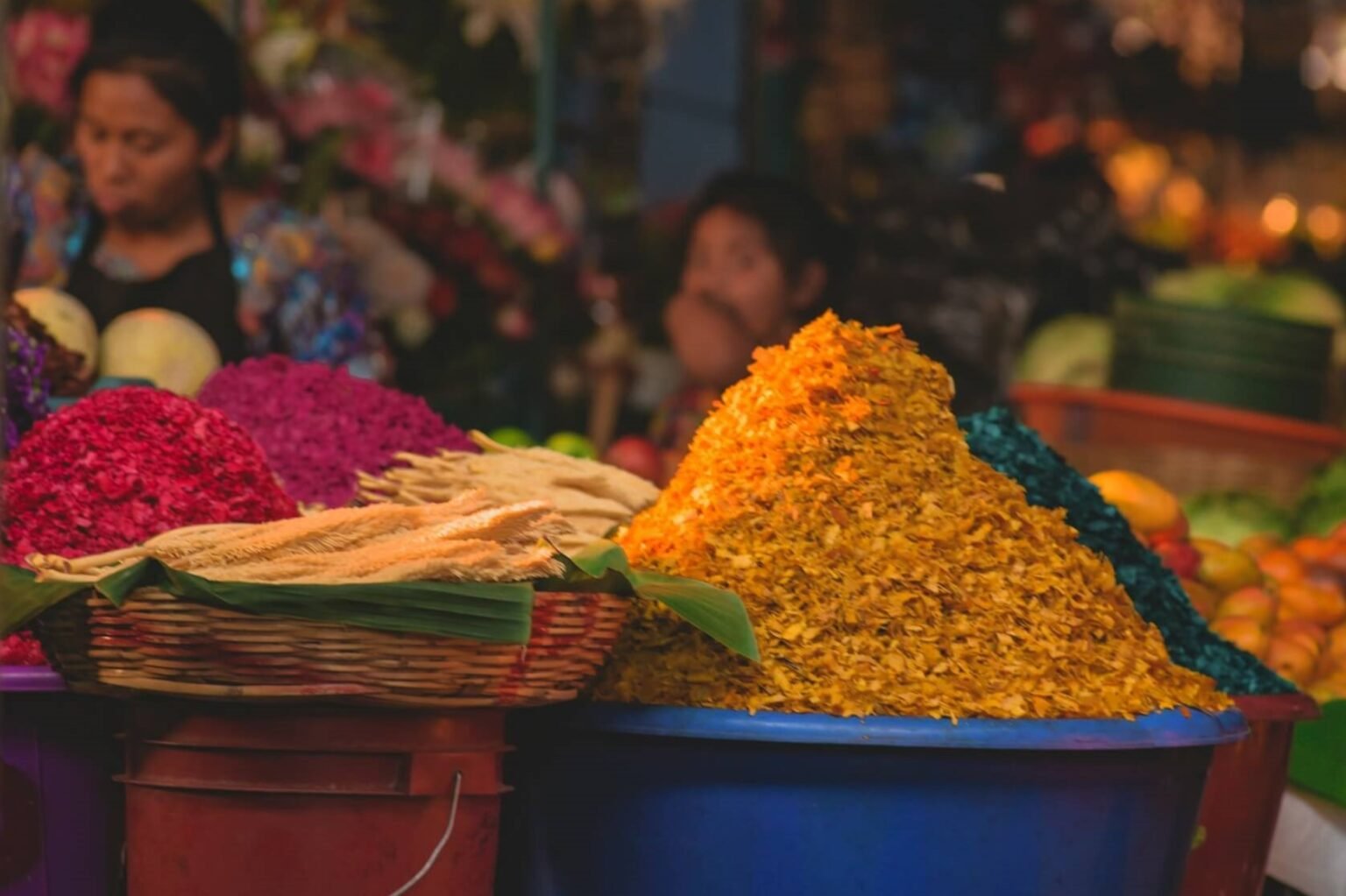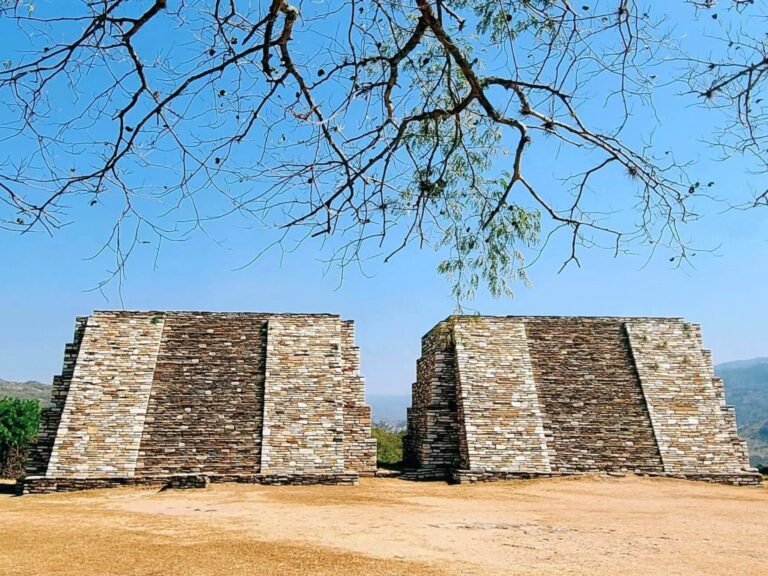Holy week: Faith, art, and devotion
Holy Week (Semana Santa) in Guatemala is one of the most impressive religious celebrations in the world. In cities like Antigua Guatemala, a UNESCO World Heritage Site, Holy Week is experienced with unparalleled spiritual and artistic intensity. This celebration features a series of solemn processions, elaborate altars adorned with flowers, and colorful sawdust carpets that cover the cobblestone streets.
The processions
The processions are the heart of Holy Week celebrations. Large religious images depicting scenes from the Passion of Christ are carried on massive platforms by devoted participants, slowly making their way through the streets. These processions, which can last for hours, are accompanied by solemn music played by bands, creating an atmosphere of reflection and reverence.
Sawdust carpets
One of the most iconic traditions of Holy Week in Guatemala is the creation of sawdust carpets. These carpets are true works of ephemeral art, handcrafted by local families and communities. They use colored sawdust, flowers, fruits, and other natural materials to create intricate designs that line the streets where the processions pass. Although these carpets are destroyed as they are stepped on by the carriers, their creation is an act of faith and devotion.
Vigils and community spirit
In addition to the processions and carpets, the faithful participate in vigils and masses throughout Holy Week. This celebration is also a time for the community to come together, as families and friends gather to share traditional meals like tamales, pescado seco a la vizcaína (dried codfish), and typical sweets.
All saints’ day: A celebration of color and life
All saints’ day, celebrated on November 1st, is another highly important holiday in Guatemala. Although the day is dedicated to honoring the dead, the atmosphere is joyful and vibrant, a perfect blend of solemnity and celebration of life. Two of the most striking traditions during this holiday are the flying of giant kites and the preparation of the traditional dish known as “fiambre.”
Giant kites of Sumpango and Santiago Sacatepéquez
In the towns of Sumpango and Santiago Sacatepéquez, All Saints’ Day is celebrated with the flying of giant kites. These enormous kites, which can reach several meters in diameter, are hand-crafted with colorful paper and bamboo, decorated with images representing cultural, religious, or social themes. The kites are not just artistic expressions but are believed to serve as messengers connecting the living with the spirits of the dead.
The act of flying these kites is a spectacular event that attracts thousands of people each year, both locals and tourists, who marvel at how these vibrant creations fill the sky.
Fiambre
Fiambre is a traditional Guatemalan dish prepared exclusively for All Saints’ Day. It’s a cold salad that can contain more than 50 ingredients, including cold cuts, meats, pickled vegetables, cheeses, and seafood. Families typically come together to prepare fiambre, making the dish’s preparation a community and family affair. This feast is not only a tribute to deceased loved ones but also a celebration of family unity.
Cultural significance of these holidays
Holy Week and All Saints’ Day are not only religious celebrations but also events that reflect Guatemala’s history and traditions. Both days are deeply tied to Guatemalan cultural identity and are examples of how faith, art, and community intertwine to keep ancestral customs alive.
These holidays offer visitors a unique experience, allowing them to immerse themselves in Guatemalan culture, learning about its people, beliefs, and most sacred traditions. Both the solemnity of Holy Week and the joy of All Saints’ Day are expressions of the rich cultural diversity that defines Guatemala.




